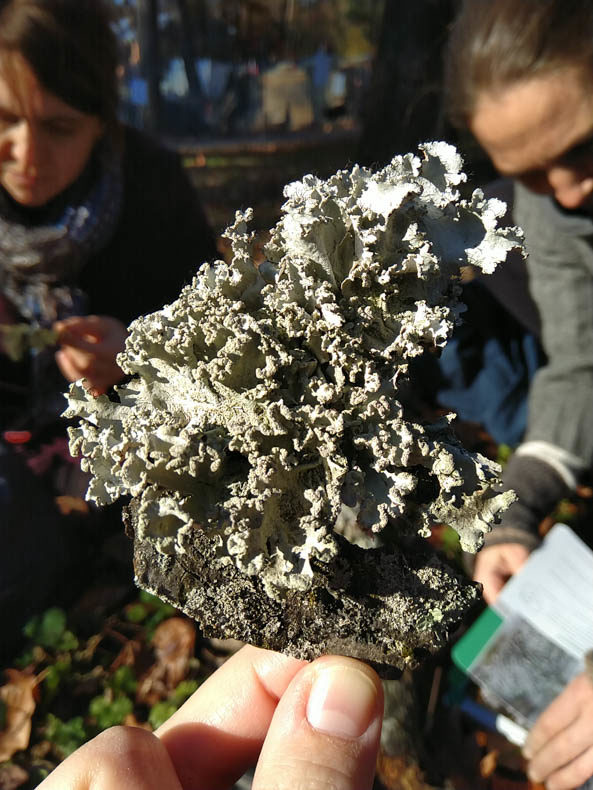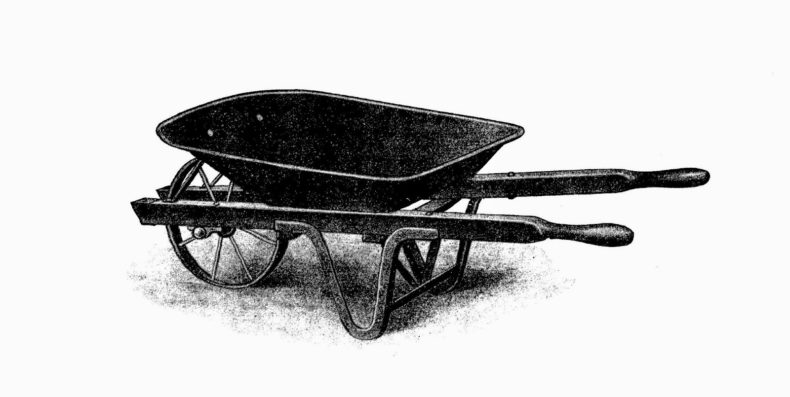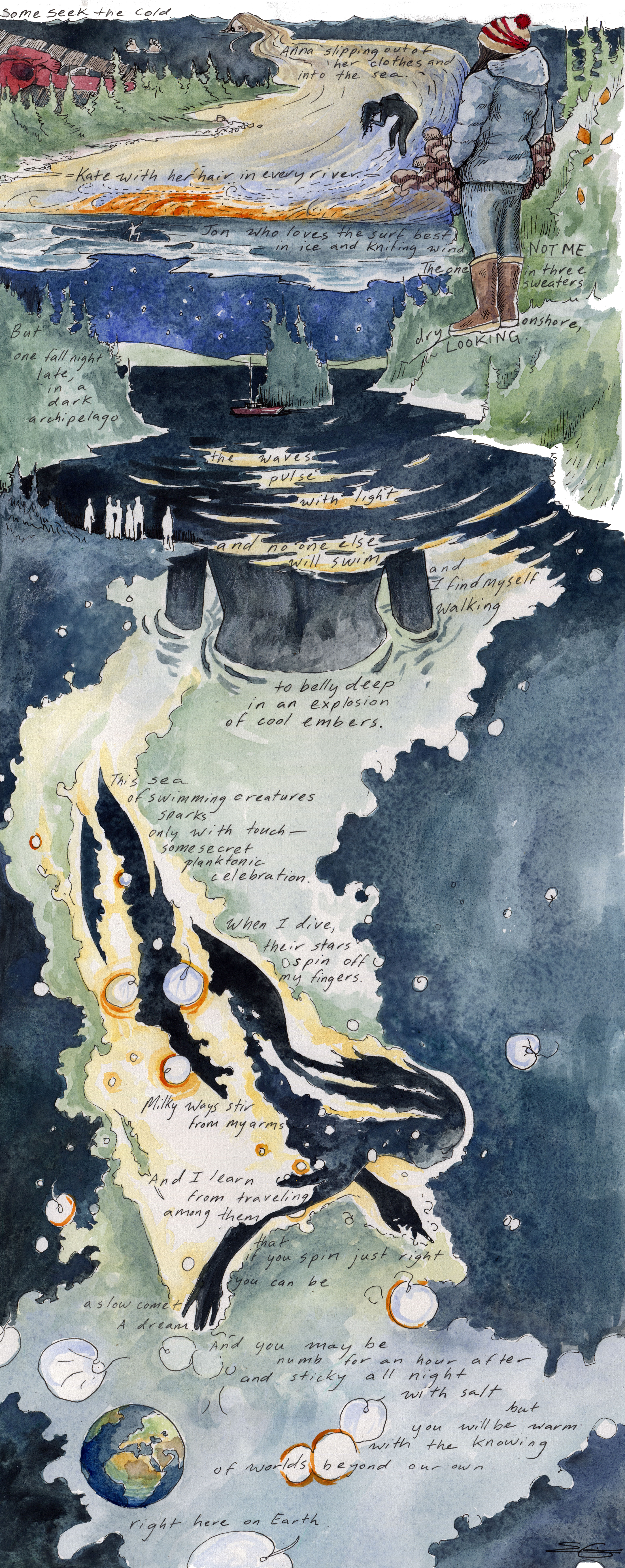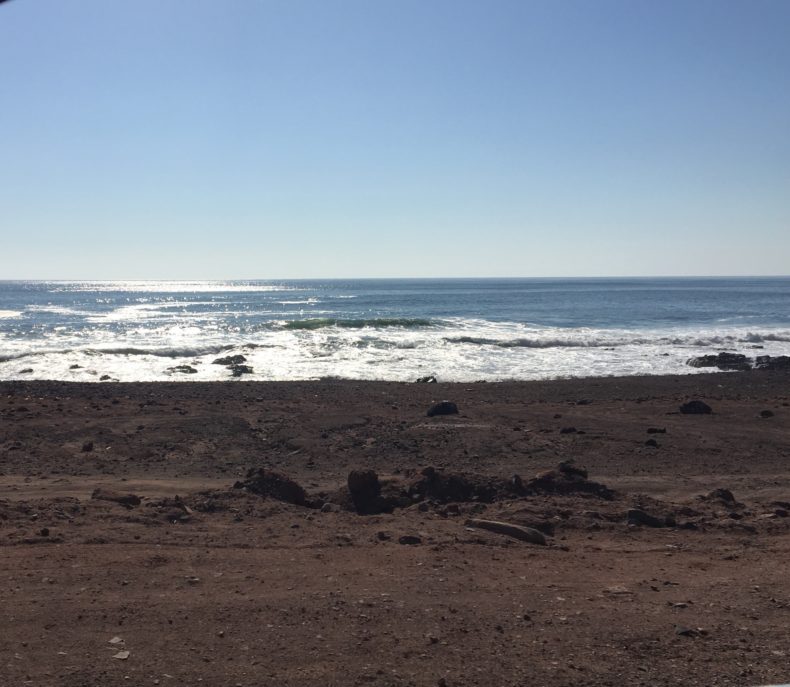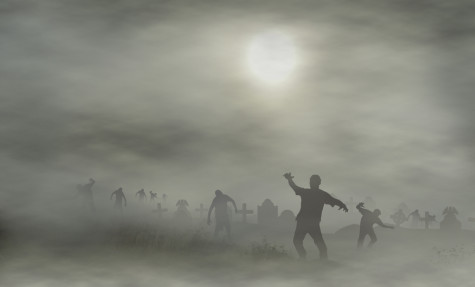
Is it almost the holidays again? Man, that was fast. I should probably come up with a new rant but hey, the old one still works. So, here’s my 2015 December complaint. I think it’s all still relevant…although The Walking Dead lost me when they killed off “Coral.”
—
It’s the holiday season so, of course, I’ve been binge-watching The Walking Dead. Something about this time of year makes the still-unbitten characters’ lives appealing. Minus the blood-oozing zombies, life is uncluttered. There are no commercials screaming that Santa’s sale on Christmas socks ends Friday, no light displays at the mall flashing to the beat of Grandma Got Run Over by a Raindeer, no fist fights in Walmart (next to the inflatable manger scene, for Pete’s sake!) over the last 60-inch TV. That in-your-face commercialism that loads up our senses with garbage simply doesn’t exist.
Think about it: During a zombie apocalypse, each surviving person has no choice but to set aside childish things and put his or her best skills to work. Someone plants a garden, someone else builds walls. She patches up the wounded, he goes in search of supplies. Everyone, because it’s necessary, learns to shoot, stab, or wield a machete. That same necessity forces creativity, which comes in handy when rebuilding society. No one cares about stuffing a cart with plastic amusements or getting the best parking spot at Sports Authority.
I apologize for getting a late start on my holiday rant—no doubt Santa is already tying back his beard in prep for his windy travels. But is it ever too late to rant, really? Because for some of us, the Christmas season, with all its sparkling energy, crashes in uninvited and wrestles us to the floor. And it bites.
I’m no Scrooge; I like pretty lights (little white ones especially) and the smell of pine needles. I’ll take a hot chocolate with brandy and a nice fire. I even like gifts—both giving and getting. But the holidays tend to overwhelm me nowadays, as they do many people. Whether it’s true or not that suicides skyrocket during the Christmas season, plenty of people suffer very real holiday blues. My own energy fizzles as the calendar thins, but mostly I feel my brain being stuffed with throw-aways.
Shopping madness is to me the most egregious trend, and unless you intend to show up selfishly empty handed at family gatherings, it’s hard to avoid. Your TV shouts out must-buys. Oprah’s favorites sell out in a day. The Internet lures us in deep: We feel obliged to keep adding to cart. The less Web-savvy among us actually go shopping. In stores. The parking lot makes us weep. The what-the-hell-to-get-cousin-Gabe trance kicks in as we steer our weary bodies toward whatever sparkles brightest (and is 50% off), impressed by nothing. 
Zombie humor aside, this December madness is a real problem. The holidays as we tend to celebrate them, all wrapped up and tied with bows, can cause mental and emotional strain, plus sensory and cognitive overload (based on the term ‘cognitive load,’ a concept described by John Sweller in 1988 referring to the amount and complexity of info, and the interactions that must be processed simultaneously, in our brains). Cognitive load affects learning and memory, so cognitive overload can really make a mess of things. Having too much to think about causes worry, and too much worrying can lead to angst, depression, or complete shutdown. Picture your brain as a juggler who is being tossed thing after unrelated thing—a coconut, a fork, a guitar, a vase, a puppy, a chainsaw (please keep those last two apart)—eventually, everything hits the floor. The holidays, including the obligatory errand race, can be like that.
Allow me to preach a little in a totally unoriginal way. Wouldn’t it be nice to back away from the stores, dim the holiday lights just a tad, turn down the sounds of ads, phones, traffic, and holiday mall music, and replace our desire for shiny new phones with an offering of love and kindness? Charity and good works? Might our brains soften and ease, our worries about things fizzle out, if we celebrated with fewer nonessentials?
Ask around. Most people will join this choir, agreeing that we’ve gone astray turning December into an overlong commercial carnival. Yes, let’s find meaning again! Yes, let’s open our hearts, not our wallets! Yes, let’s show the children what the holidays really mean!
But we’re all talk, aren’t we? Bargains and pageant are so alluring that we continue to trade true spirit for to-do lists. And that means high blood pressure and less brain space for truly important cognitive exercises.
Like trying to remember how to load the crossbow.
Because in a world of bloodthirsty zombies (you knew I’d come back to them eventually), the non-zombies actually live in the moment, every moment. When survival isn’t a given, the most basic things rise to the surface. Love. Companionship. Safety. Health. Canned pudding. Things that, wonderfully, have nothing to do with things at all.
—
Photos from Shutterstock.
